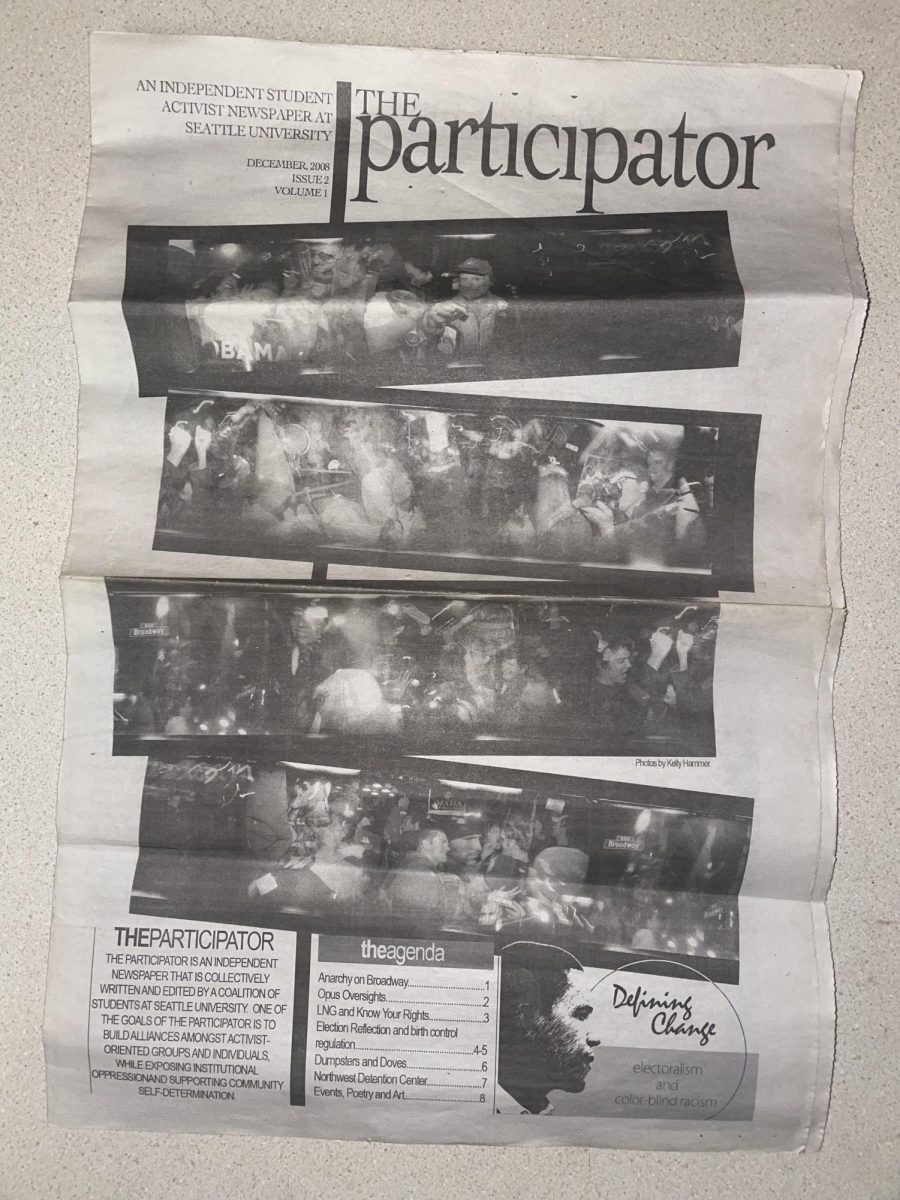Carrying a heavy backpack, coffee in hand and minds on upcoming midterms, many students find themselves rushing through Cherry Street Market for a quick meal. However, they aren’t the only ones worrying about their grades right now. C-Street, the university cafeteria that provides most underclassmen a majority of their meals, had their second health inspection of the year on Sept. 28, and while many students sigh in relief after finishing their exams, C-street wasn’t so lucky. The campus eatery received an alarming score of 60 demerits and must be re-inspected within two weeks.

Cherry Street Market recently underwent a health inspection and received a few major violations.
Jay Payne, the General Manger of all Bon Appétit eateries on campus, explained what happened.
“We were cited for some items not being cooled sufficiently before being put in the condiment area, for the chicken wings not being hot enough, which was an equipment issue we have corrected, and for cut fruit on the salad bar not being cold enough,” Payne said.
But what exactly does this all mean, and should students be alarmed? Here is a crash course in food safety guidelines and inspection.
Establishments receive at least one unannounced routine inspection and one educational session, offering training and updates to the staff, each year. Food handling, equipment, food and water temperatures, storage, permits and sanitizers are all inspected for efficiency in fighting off foodborne illnesses. Temperature and contamination are most critical in foodborne illness. If food is held between 41 and 135 degrees Fahrenheit at anytime, it is inside the “danger zone” in which bacteria can easily develop. The transition of bacteria from one surface to another is also very common, which is why careful handling procedures must be followed.
If improper methods are found during a health inspection, the restaurant is written up and categorized as a red-critical or blue violation, then given a numerical value. Red-critical is a violation that will most likely lead to foodborne illness if not corrected. Blue mainly refers to maintenance and sanitation problems that are less risk-laden. The higher the risk of foodborne illness, the more points received and the more likely it will be categorized as a red violation over a blue, leading the inspector to educate management and staff on how to fix the problem immediately.
C-Street received a total score of 60, all of which were red-critical violations. To put this into perspective, a re-inspection is required for scores above 45 in red-critical violations. After receiving 90 or more red-critical points, a business is shut down. C-Street’s score lies between these two marker points.
Despite the startling score, some Seattle U students aren’t particularly concerned about the potential risks.
“[These scores] obviously make me uncomfortable, but I trust that they will get it under control to make it a safe place to work and eat,” said Alita Campbell, a senior humanities for leadership major.
Junior political science major Quinn Ferrar echoed a similar sentiment.
“It’s not going to deter me from eating there. It’s just too convenient and I have a meal plan, so why not,” Ferrar said.
Up until this year, C-Street passed their inspections with flying colors since 2011. Their last truly concerning score was in 2008, with a score of 40. The eatery’s last inspection was in February. They received a gold star with a score of 3 blue violation points.
“I assure you that this inspection was an anomaly; our food-handling and food safety practices and systems are robust and state-of-the art,” Payne said. He added that the eatery is now following a strict routine of setting thermometers within food before and during service. “Doing this routinely on a schedule ensures that we know the food is at the correct temperature.”
Before you decide to throw away your meal plan, Tony Bui, King County Health & Environmental Investigator, is able to add some insight.
“It’s a little more complex than how it seems, because what we do is show up and take a snapshot in time,” Bui said. “We don’t spend a whole day following somebody to see how they work. Sometimes it can be challenging to actually identify the real risk.”
Bui said that over time he has realized that taking language barriers, types of food, traditional preparation and fresh ingredients into account is very important. Working with and expressing the issue to the owner usually gets the issue resolved quickly.
“The struggle of having a food code that applies to all is, it more or less, is written for the whole-sale businesses,” Bui said.
He explained how the stay-time for fresh ingredients is different and not always reflected in the food code.
“The two spring rolls that somebody made from scratch can be tricky. Sure they aren’t at the right temperature, but timing is quick. It’s different at a QFC or McDonald’s where everything is prepared days ago and frozen,” Bui said. “We don’t want to promote this cookie-cutter type. We want to promote diversity, fresh, and variety.”
The ethics Bui is describing is something that Bon Appétit advocates for on their website as well.
Students and faculty can now keep a lookout on King County’s public health website to find their re-inspection results when
they are released.
Erika may be reached at
[email protected]












